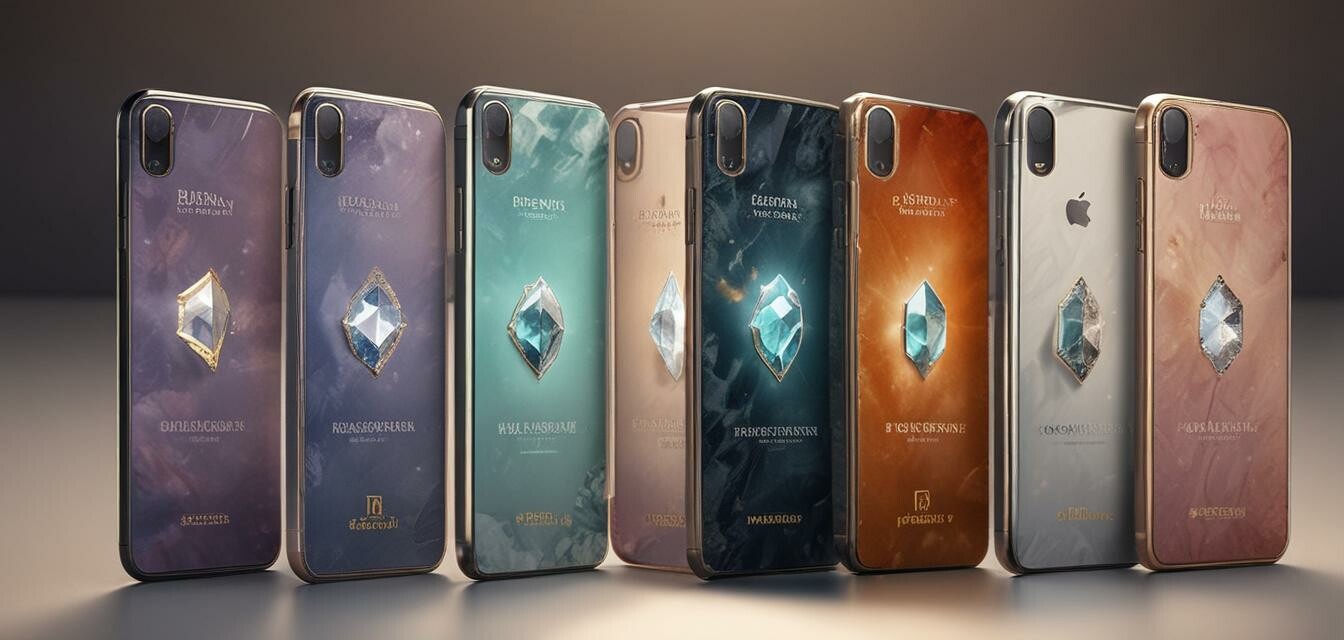
FAQ: Caring for your Screen Protector
Key Takeaways
- Regular cleaning is essential for maintaining your screen protector.
- Use non-abrasive materials to avoid scratching the surface.
- Understand how to troubleshoot common issues to extend the life of your protector.
- Store your phone in a proper case to prevent damage to the screen protector.
Screen protectors are a vital accessory for keeping your phone's screen safe from scratches and damage. However, just like any other item, they require care and maintenance to remain effective and aesthetically pleasing. This article will answer frequently asked questions about screen protector maintenance, including cleaning tips and troubleshooting common issues.
How to clean your screen protector?
Cleaning your screen protector is essential for maintaining clarity and touch sensitivity. Here are some steps you can follow:
- Power off your device: Before cleaning, make sure your phone is turned off to prevent any accidental touches.
- Use a microfiber cloth: This type of cloth is gentle and will not scratch the surface of the screen protector.
- Apply a suitable cleaning solution: A mixture of water and isopropyl alcohol (50% solution) works well. Avoid using window cleaners or any harsh chemicals.
- Wipe gently: Use circular motions to clean the surface, and ensure that you do not apply too much pressure.
- Dry the screen protector: After cleaning, dry the screen with a separate clean microfiber cloth to avoid streaks.
What products should I avoid?
Some products can damage the screen protector or leave residue that affects its clarity. Avoid using:
- Glass cleaners
- Wipes with bleach
- Rough paper towels
- Abrasive scrubs or sponges
How to troubleshoot common screen protector issues?
If you notice problems with your screen protector, here are some common issues along with troubleshooting tips:
| Issue | Possible Cause | Solution |
|---|---|---|
| Bubbles under the screen protector | Poor application | Gently lift the corner and push the bubble out towards the edge. |
| Scratches on the surface | Improper cleaning tools | Use a microfiber cloth to wipe the protector; if scratched, consider replacing it. |
| Loss of touch sensitivity | Residue from cleaning products | Clean the screen protector with a suitable solution mentioned above. |
| Peeling edges | Wear and tear | Carefully reapply or replace the screen protector if peeling persists. |
How to store your phone to protect the screen protector?
Storage can affect the condition of your screen protector. Consider the following tips:
- Use a protective case: A case can help prevent accidental drops that may affect the screen protector.
- Avoid placing heavy objects on it: This can cause warping or damage to the screen protector.
- Keep it away from extreme temperatures: Heat can cause adhesive breakdown, leading to peeling.
When should I replace my screen protector?
Even with proper care, screen protectors don’t last forever. Here are some indicators that it's time for a replacement:
- Severe scratches or cracks that affect visibility.
- Bubbles that cannot be smoothed out.
- Peeling at the edges that causes dirt and dust accumulation.
Pros
- Maintains the clarity of your phone display.
- Protects against scratches and impacts.
- Easy to clean with the right materials.
Cons
- Can be prone to bubbling if not applied correctly.
- Needs regular maintenance for best performance.
- May require replacement after a period of use.
For more information
For additional tips on maintaining your phone accessories, check out our other articles on care and maintenance or explore our crystal screen protectors for more options.
By following these care tips and troubleshooting advice, you can ensure your screen protector remains in excellent condition, safeguarding your phone while enhancing its aesthetic appeal.